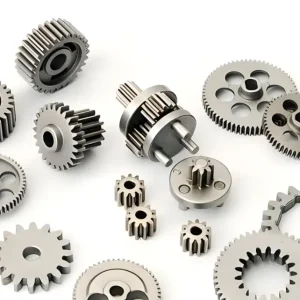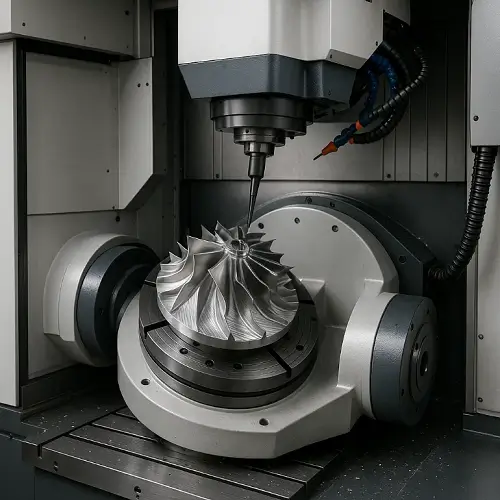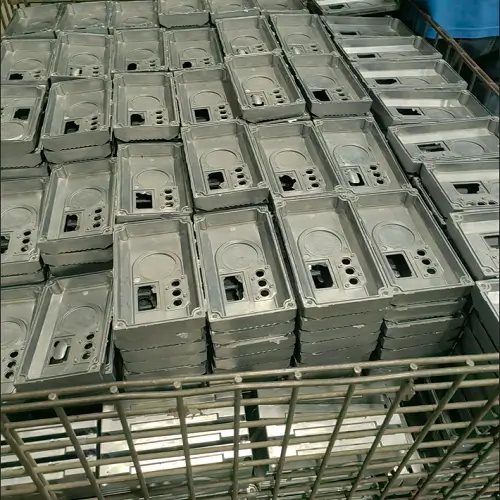In modern manufacturing, many precision components are too small or complex for traditional methods like CNC machining, stamping, or casting. Metal Injection Molding (MIM) fills this gap by combining the design flexibility of plastic injection molding with the material performance of powder metallurgy. It is especially suitable for high-volume production of intricate, high-precision metal parts.

What is Metal Injection Molding (MIM)?
Metal Injection Molding (MIM) is a near-net-shape manufacturing process that integrates powder metallurgy and plastic injection molding. The basic process involves mixing fine metal powders with a binder to form a feedstock, injecting this feedstock into a mold cavity, removing the binder (debinding), and then sintering the part to achieve final density. MIM overcomes the limitations of traditional processing in terms of shape complexity, dimensional accuracy, and miniaturization, while offering high material utilization (close to 100%), dimensional tolerance of ±0.3%-0.5%, and uniform microstructure.
MIM Process Flow:
MIM is an advanced manufacturing technology that blends traditional powder metallurgy with modern plastic injection molding. It is ideal for mass production of complex and precision-shaped metal components, with wide use in medical devices, electronics, and automotive parts.
Feedstock Preparation
Metal Powder Selection: Particle size 5–20μm (commonly stainless steel, alloy steel)
Binder Composition: Thermoplastics + plasticizers + lubricants (30–50% by volume)
Compounding Process: Twin-screw mixer at 150–200°C for 1–2 hours
Injection Molding
Machine Settings: Injection pressure 50–150 MPa; mold temperature 40–80°C
Cycle Time: 30–120 seconds per part
Green Part Size: 15–20% larger than final part (to account for shrinkage during sintering)
Debinding Process
Solvent Debinding: Trichloroethylene immersion for 6–12 hours
Thermal Debinding: Stepped heating up to 500°C under nitrogen atmosphere
Binder Residue: Less than 0.5% post-debinding
Sintering
Sintering Temperature: 70–85% of metal melting point (e.g., stainless steel: 1300–1400°C)
Atmosphere: Hydrogen or vacuum
Duration: 1–4 hours
Key Process Parameters
| Parameter | Typical Value | Tolerance Requirement |
|---|---|---|
| Powder Loading | 55–65 vol% | ±0.5% |
| Injection Temperature | 150–200°C | ±2°C |
| Sintering Shrinkage | 15–20% | ±0.3% |
| Final Density | 95–99% of theoretical | ≥97% |
Main Applications of MIM
Complex components not feasible with traditional machining
Micro-precision parts requiring tight dimensional control
Functional parts with specific performance needs (e.g., corrosion resistance, wear resistance)
Integrated assemblies molded as a single component
Lightweight thin-wall metal structures
Material Selection Guide
| Material | Properties | Typical Strength |
|---|---|---|
| 316L Stainless Steel | Excellent corrosion resistance | 500–600 MPa |
| 17-4PH Stainless Steel | Heat-treatable, high strength | 1000–1300 MPa |
| Fe-2Ni Alloy | Cost-effective | 400–500 MPa |
| Tungsten Alloy | High density (17–19 g/cm³) | Ideal for counterweights |
Applications Across Industries
| Industry | Representative Products |
|---|---|
| Electronics/Telecom | SIM trays, fiber connectors, heat sinks, micro motor parts |
| Medical Devices | Surgical tools, orthodontic brackets, implants, endoscopic components |
| Automotive | Turbocharger vanes, fuel injection parts, seatbelt buckles, transmission components |
| Tools/Hardware | Drill bits, blades, lock parts, watch cases |
| Aerospace | Engine blades, satellite mechanisms, UAV precision parts |
| Consumer Electronics | Wearable device housings, camera parts, earbud components |
Conclusion
MIM technology is transforming the way precision metal parts are manufactured, especially for high-complexity, small-sized components in medical, consumer electronics, and automotive industries. If your product fits within this category, feel free to contact us for a free process evaluation and quote. At Jeek, we provide personalized MIM solutions tailored to your needs.


